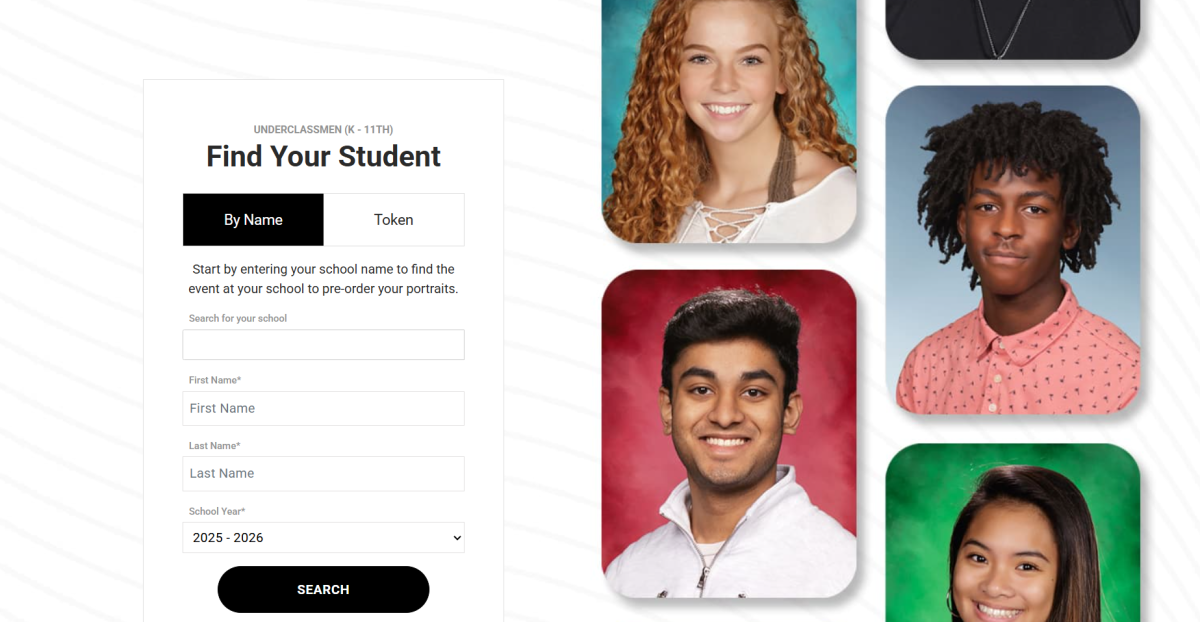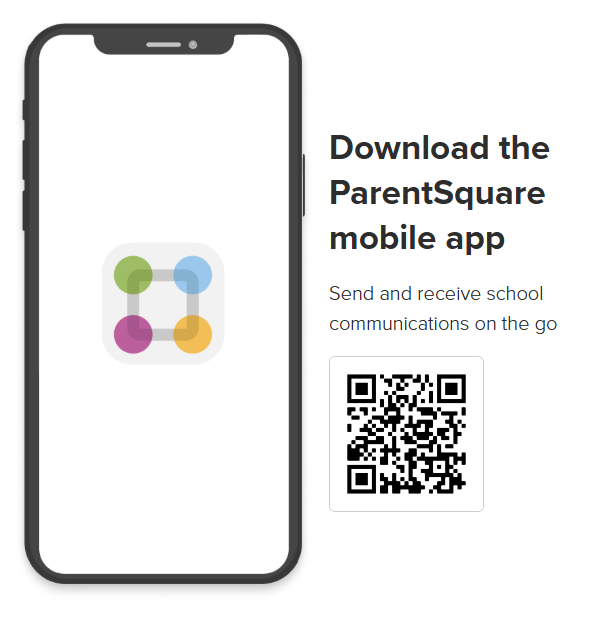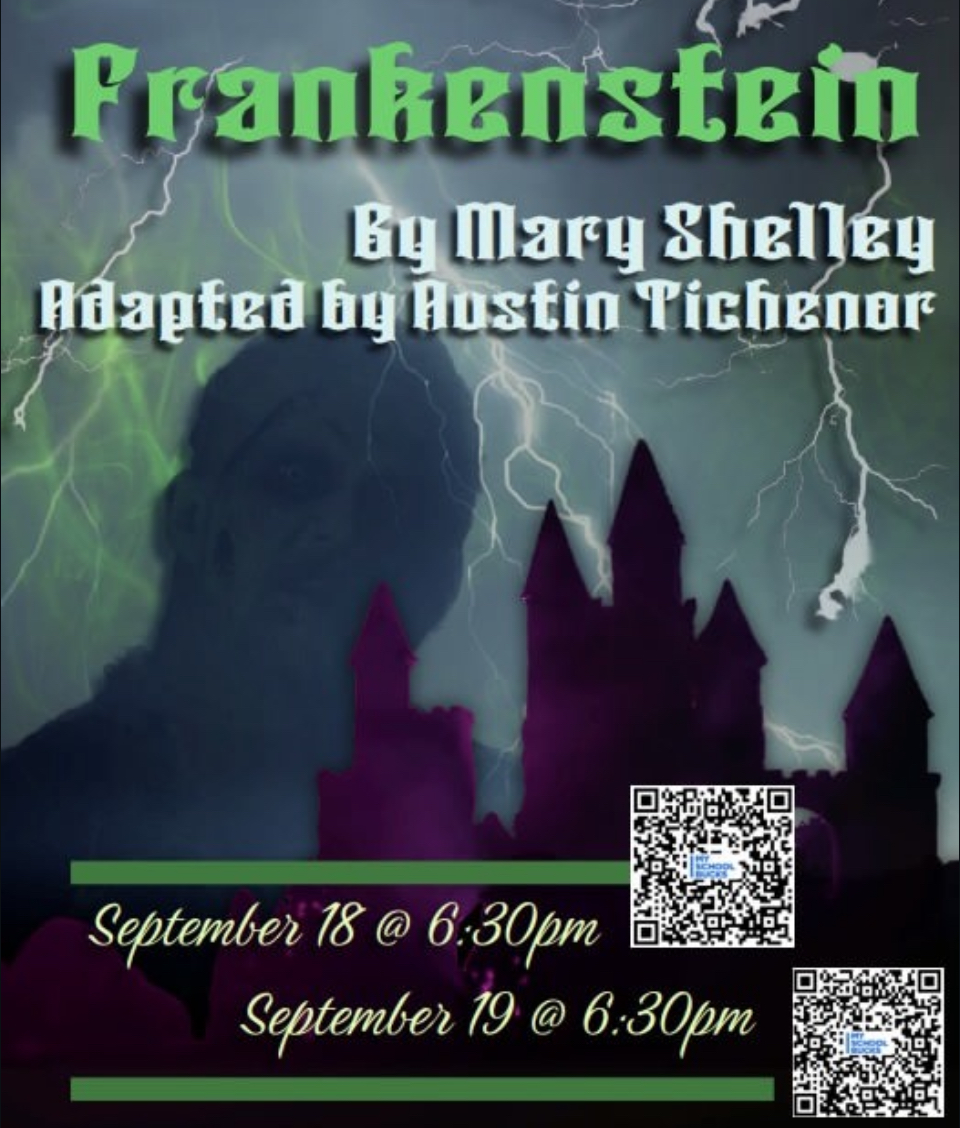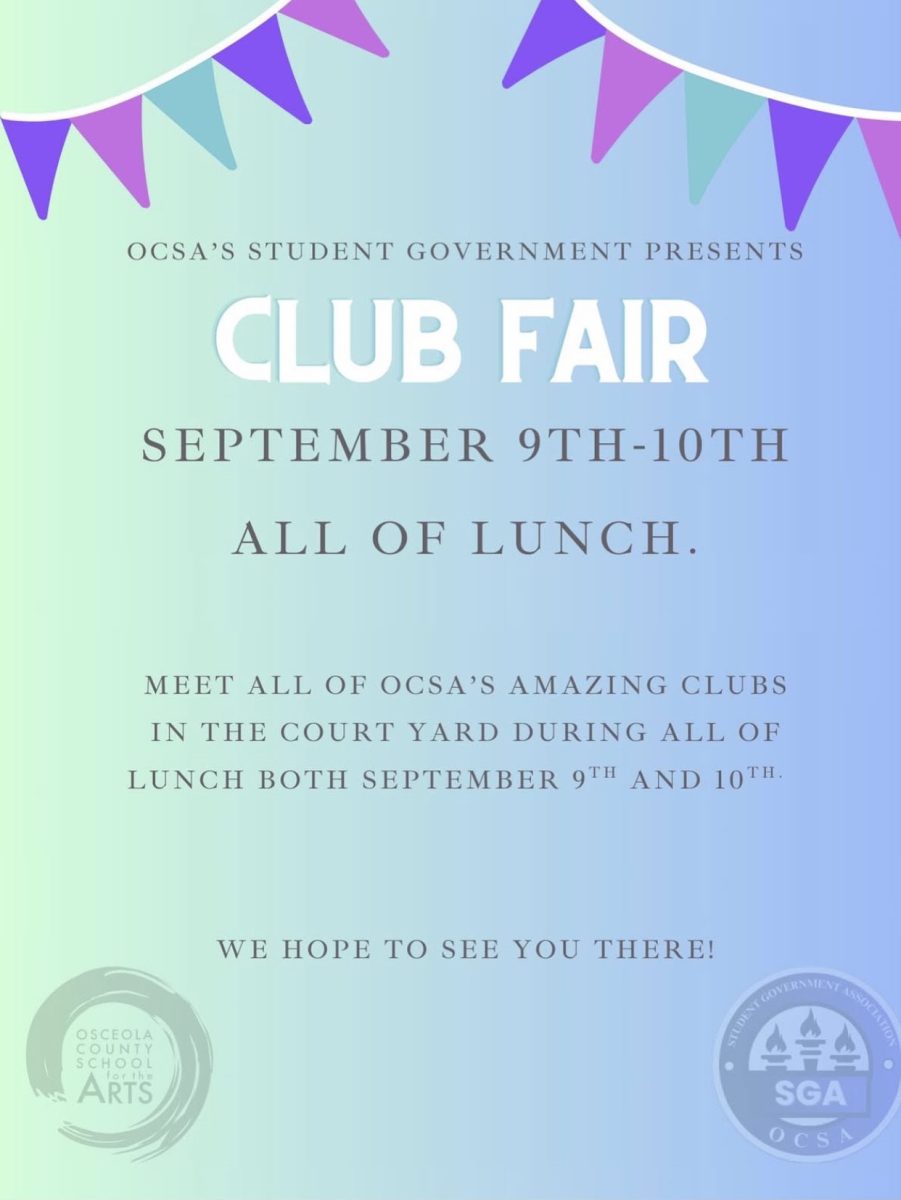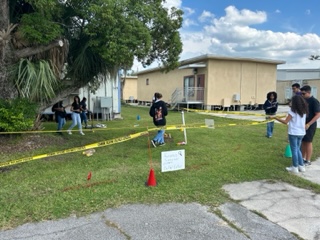
Are you a True Crime fan? If so, the Forensic Science class might just be for you! Taught by Mr. McBride, Forensic Science strives to take concepts taught in previous science classes such as biology, environmental science, chemistry, and life science, and combine them to learn about the science of crime. This class doesn’t necessarily investigate who did it, but rather how we know what happened. Generally, other science classes recognize how and why things work. Instead, this course takes part in the art of discovering the events of a crime.
Many times, you’ll ask yourself: when am I going to use all this information? Unless you’re looking into being a STEM major, the chances are, you probably won’t. In Forensic Science however, the “tools” you’ve gathered all these years are used to apply a varied number of concepts for crime scene investigations. A great analogy of Mr. McBride is that “in all the other science classes you’re learning the tools, and now you’re building a house.”
The labs themselves depend on the 13 to 14 units in the course and their specific learning topics. For example, the most recent lab is called “The Crime Scene.” This lab takes place outside, where the setup consists of crime scene tape, scattered evidence, and bone remains. Students are then expected to make a rough sketch of the crime scene, use measuring tape for intervals between objects, learn how to process and handle evidence, and protect the crime scene itself. After making the rough sketch, students will then make a final drawing made to scale. The main idea of doing this is that if want to know the certain location of a piece of evidence, you can immediately locate and identify its exact position.
By conducting this lab, students learn how to reinforce what they’ve already learned and make it resourceful. It also keeps students very engaged says Mr. McBride. Forensic Science is only available for grades 9-12, but he says “even some of my academically challenged students from past years are right on top of things. They’re having fun, retaining concepts, and you can see how exciting it is for them.”


